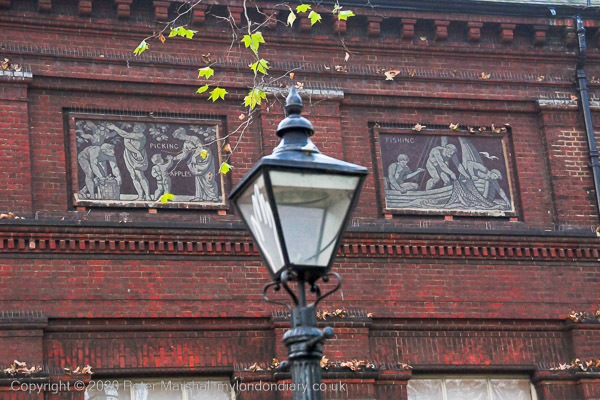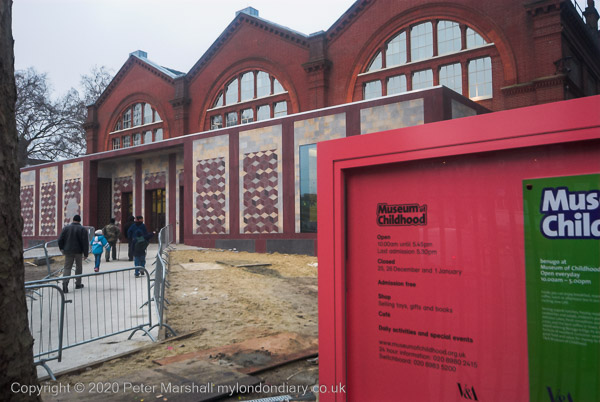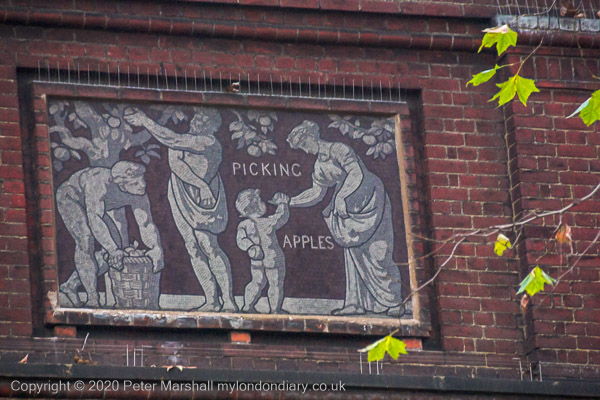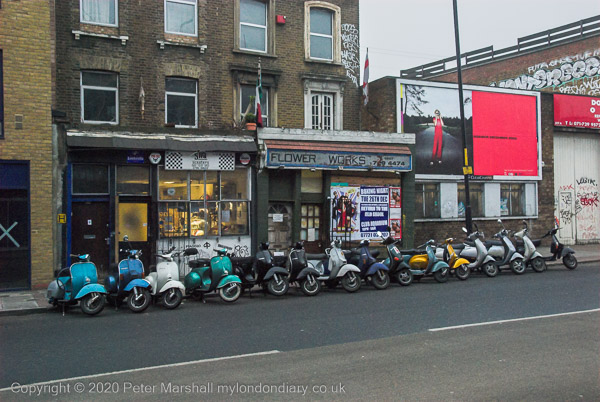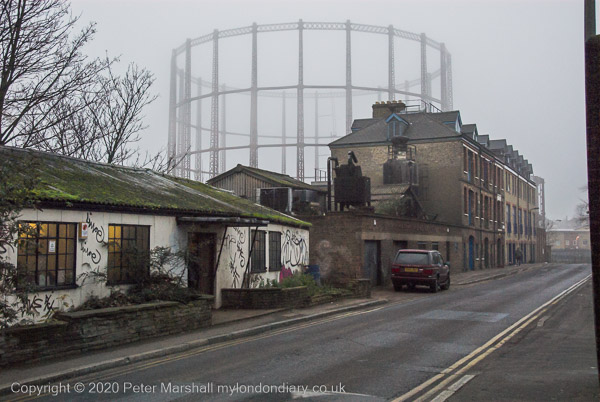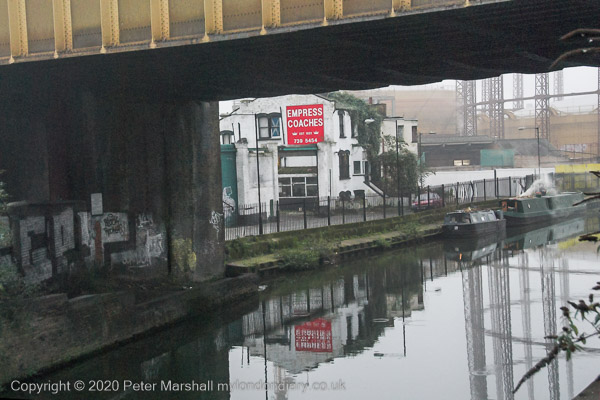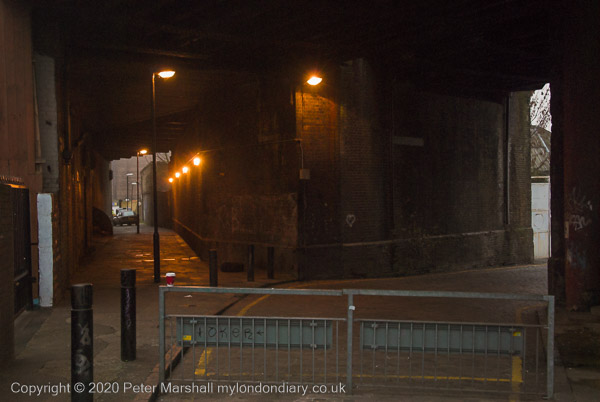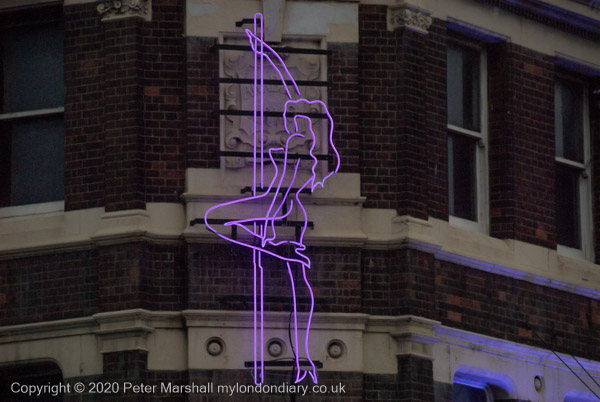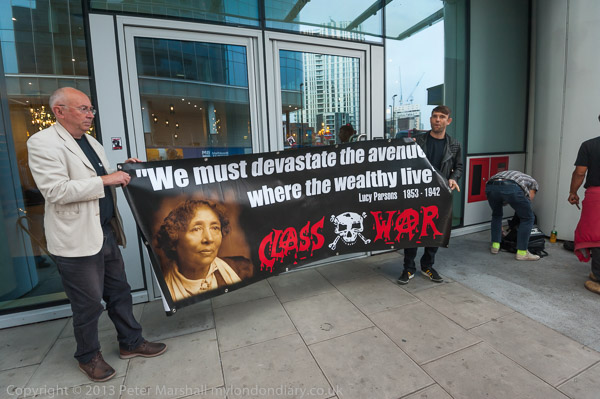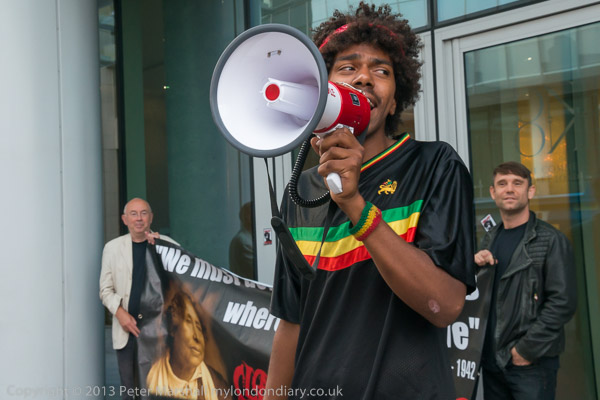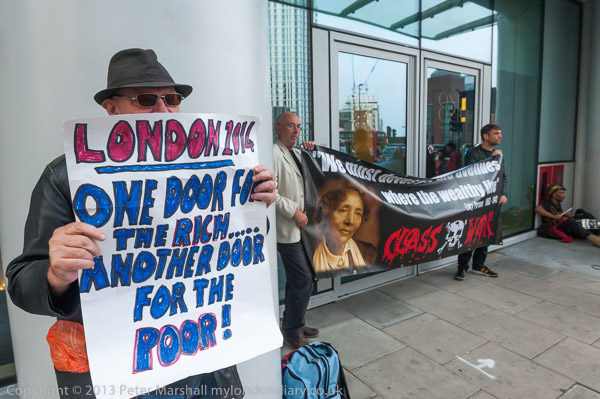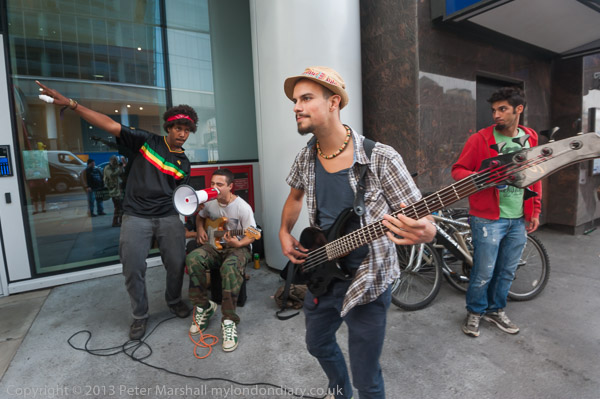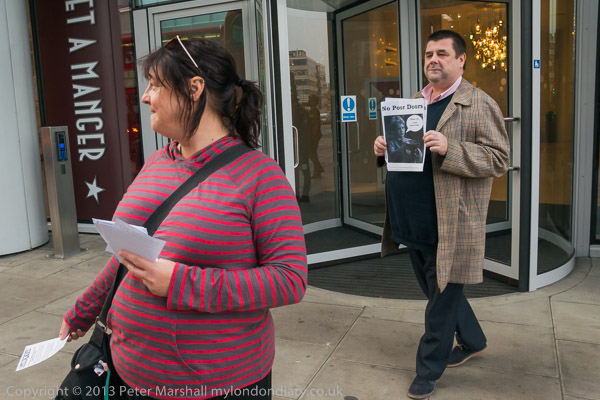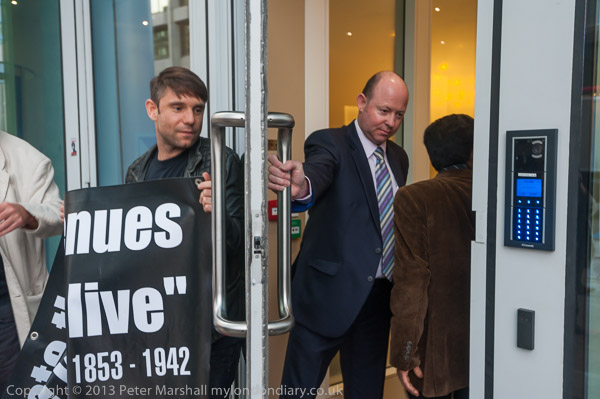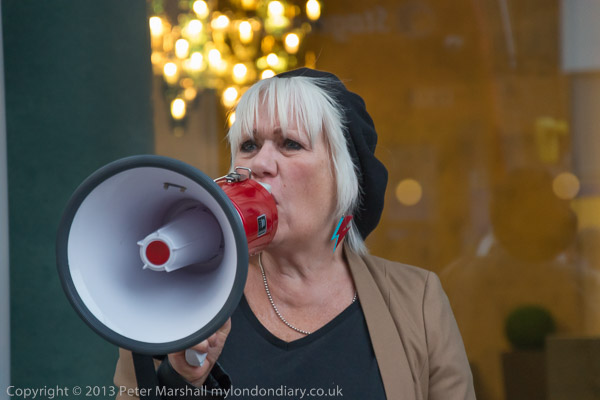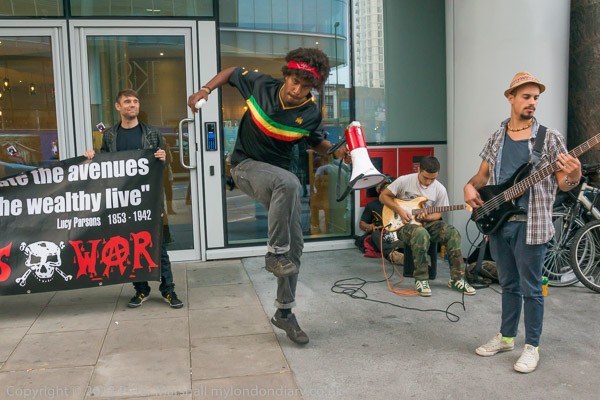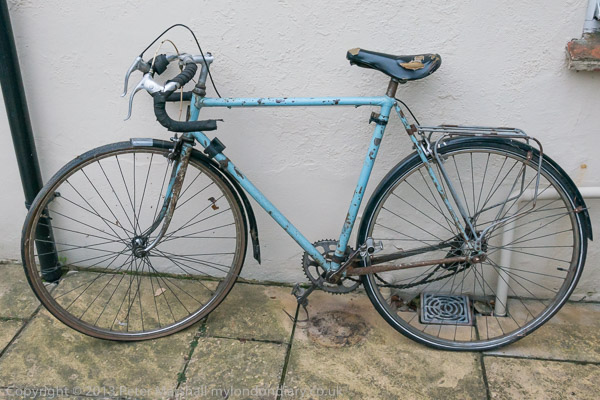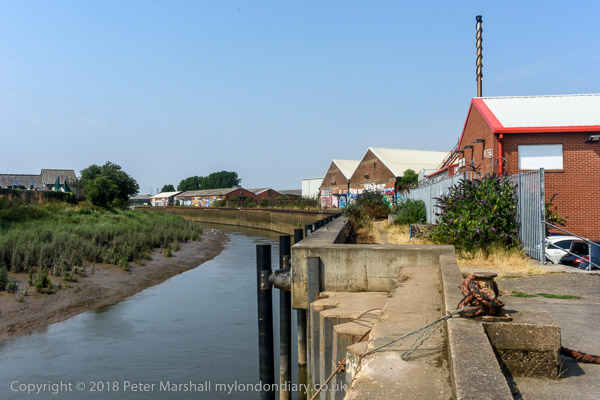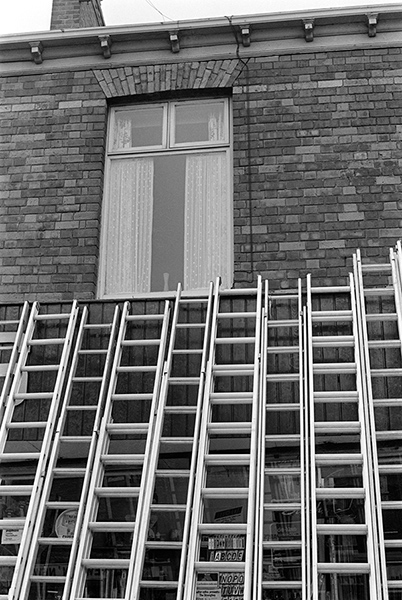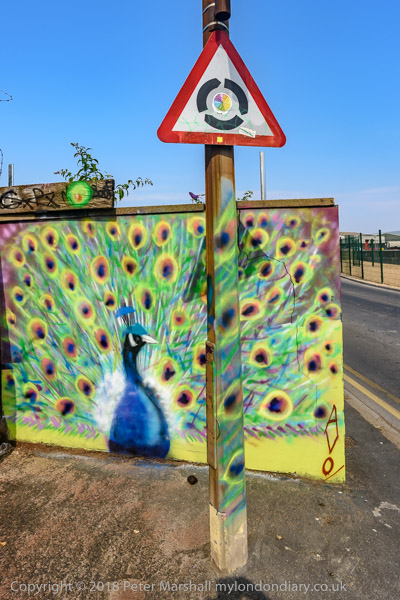Crouch Hill & Stroud Green: My walk on Sunday 24th Sepember 1989 continued after I took a train from Blackhorse Road to Crouch Hill. Then the Gospel Oak to Barking line – apparently called by some the Goblin line was one of the least reliable in the country – perhaps it should have been called the Gremlin line. But for once a train came – and on a Sunday too!
The line is now part of the London Overground with a much improved service and in February this year was renamed the Suffragette line. It now also runs beyond Barking to Barking Riverside, though as yet there seems little reason to ever go there.
Almost immediately out of the station was the fine house, on the end of a rather less grand terrace on the west side of Crouch Hill. The station was opened in 1867/8 as a part of the Tottenham and Hampstead Junction Railway and this accelerated development in the area.
This house was sold in 2017 having long been converted into a ground floor nursery with three flats above. Last year it was covered in scaffolding, presumably for a major refurbishment.
These shops are on the east side of Crouch Hill, immediately north of Japan Crescent and south of the railway. They still look much the same although the shops have changed and become considerably less useful.
I was attracted by the decorated brickwork, obscured on the leftmost building by some unfortunate cladding, and the curved brick partitions between the houses about the shop fronts.
At extreme right is the pub sign for Marler’s bar, opened in 1983 in a former post office. It’s a pub which has gone through a whole pile of names apprently including Hopsmiths, Noble, Big Fat Sofa, Flag, Racecourse, Tap and Spile and Brave Sir Robin. Andrew Marler was a partner of Tim Martin of Wethersppons, but the history of their collaboration appears to be dulled by alcohol and variously recorded.

Fytos Fashion at 34, Crouch Hill, Finsbury Park, Islington, 1989 89-9e-23 was one of the 20 images that was a part of my web site and book ‘1989’, ISBN: 978-1-909363-01-4, and above is the page from that.
I can tell you little more about EKASA ENTERPRISE WHOLESALE DISTRIBUTOR other than the list printed here – CONFECTIONERY TOBACCO STATIONERY DRINKS GREETING CARDS MEDICINE E.T.C.
They shared the alley, reached through a carriage entrance between shops at 17 Crouch Hill, with Albert E Chapman Ltd, whose sign including also Stretchwall U K Ltd was there until at least 2011.
I hoped that Bowler products Ltd made either cricket balls or hats but they were Importers and Wholesale Distributors of a whole range of goods listed on their shop front but neither of these.
According to the Hornsey Historical Society this Grade II listed building “with its seven sgraffito panels, was built specially for the Friern Manor Dairy Farm Company on the site at the rear of Hanley Road, where the company rented cowsheds and stables.” There had been a dairy here “from the middle of the 19th century, first by Davis & Co. and then by George Taylor” but this building dates from around 1889-95. The company began earlier and an inscription states ESTABLISHED AD. 1836 The artist of the seven panels and architect are unknown, though the bricks came from Tommy Lawrence of Bracknell.
The buildings were let in the 1920s to United Dairies who used them until 1968. After this they eventually in 1997 they were carefully restored to become The Old Diary pub. This closed in 2020 but was reopened in 2022.
I photographed all seven panels, and you can find some more pictures of them on Flickr, but here I’ll just share the two, one showing ‘Old Style Delivery‘ by two milkmaids with a yoke across their shoulders carrying pails, and this one, ‘Present Day Delivery‘ with the milkman driving a horse and cart carrying large churns.
Even as far back as I can remember in the immediate post-war years our milk was delivered using an electric milk float, at first I think a trailer with the milkman walking in front with a handle to control the power and steering and later with him sitting in a cab. But I do remember a visit to the outskirts of a small town in Germany back in the 1970s where the milk cart was horse-drawn and the milkman measured out the milk using litre or half-litre jugs into the containers brought out by the hausfraus.
We still now in our suburban area get our milk delivered in bottles by a milk operative in the middle of the night driving a now silent electric vehicle.
More on this walk shortly.
Flickr – Facebook – My London Diary – Hull Photos – Lea Valley – Paris
London’s Industrial Heritage – London Photos
All photographs on this page are copyright © Peter Marshall.
Contact me to buy prints or licence to reproduce.






